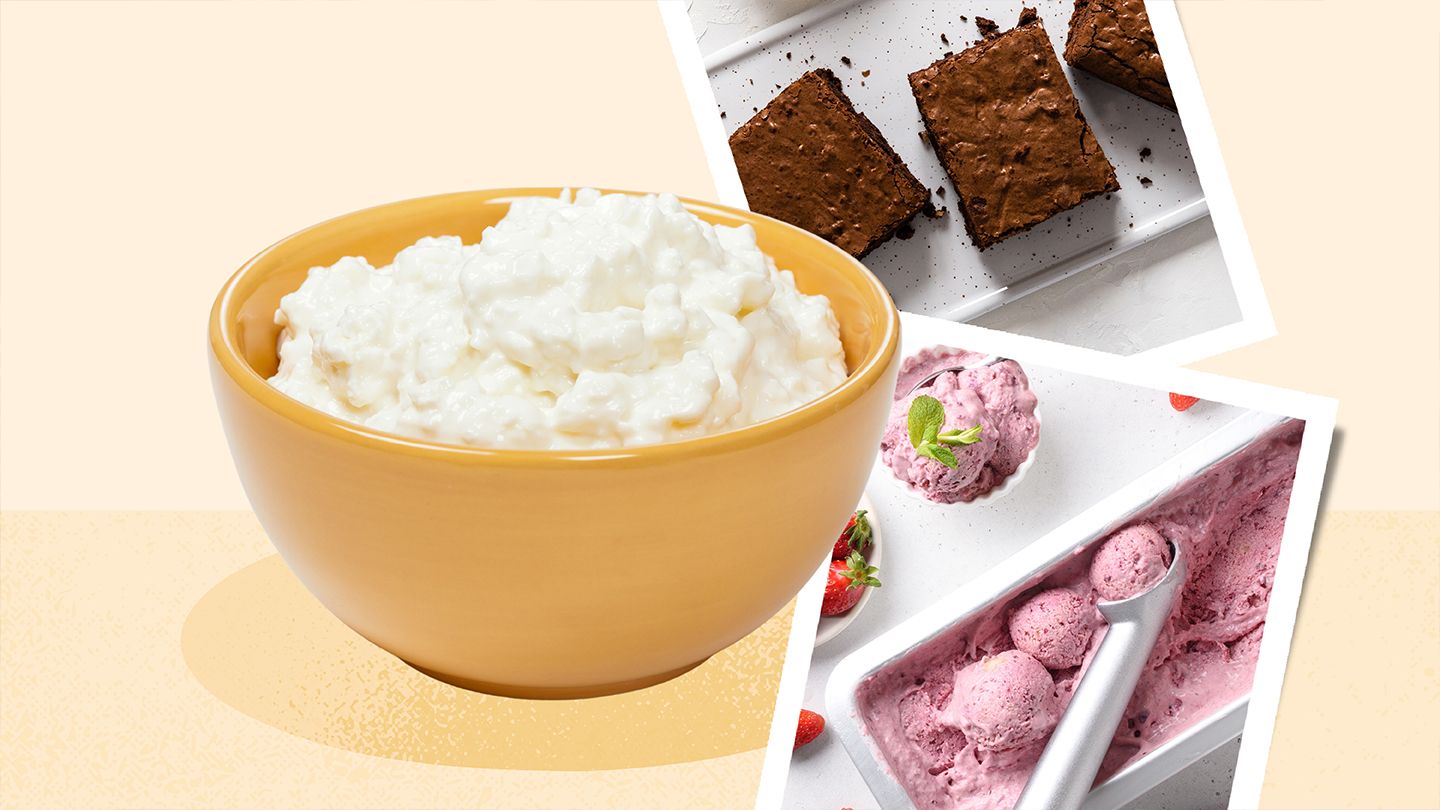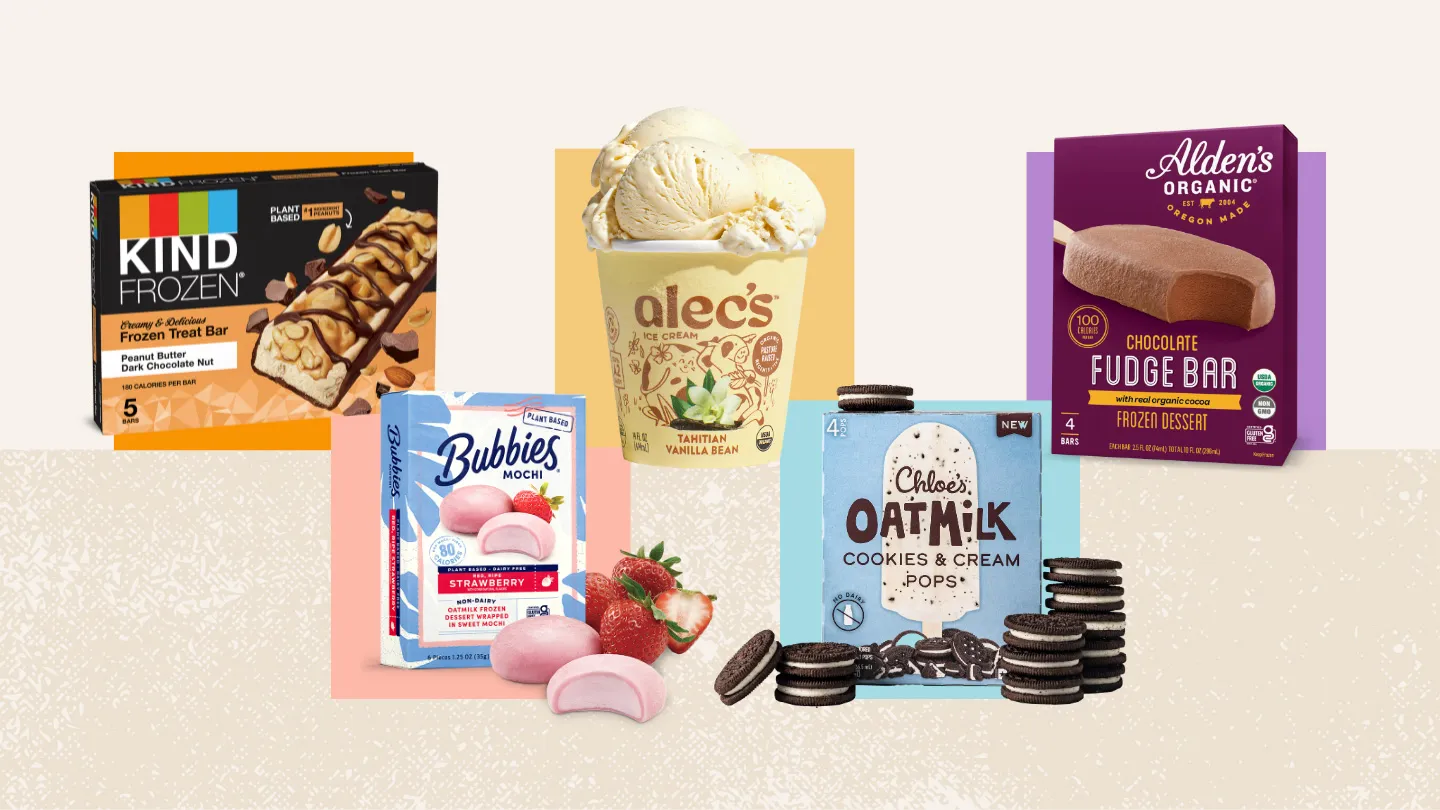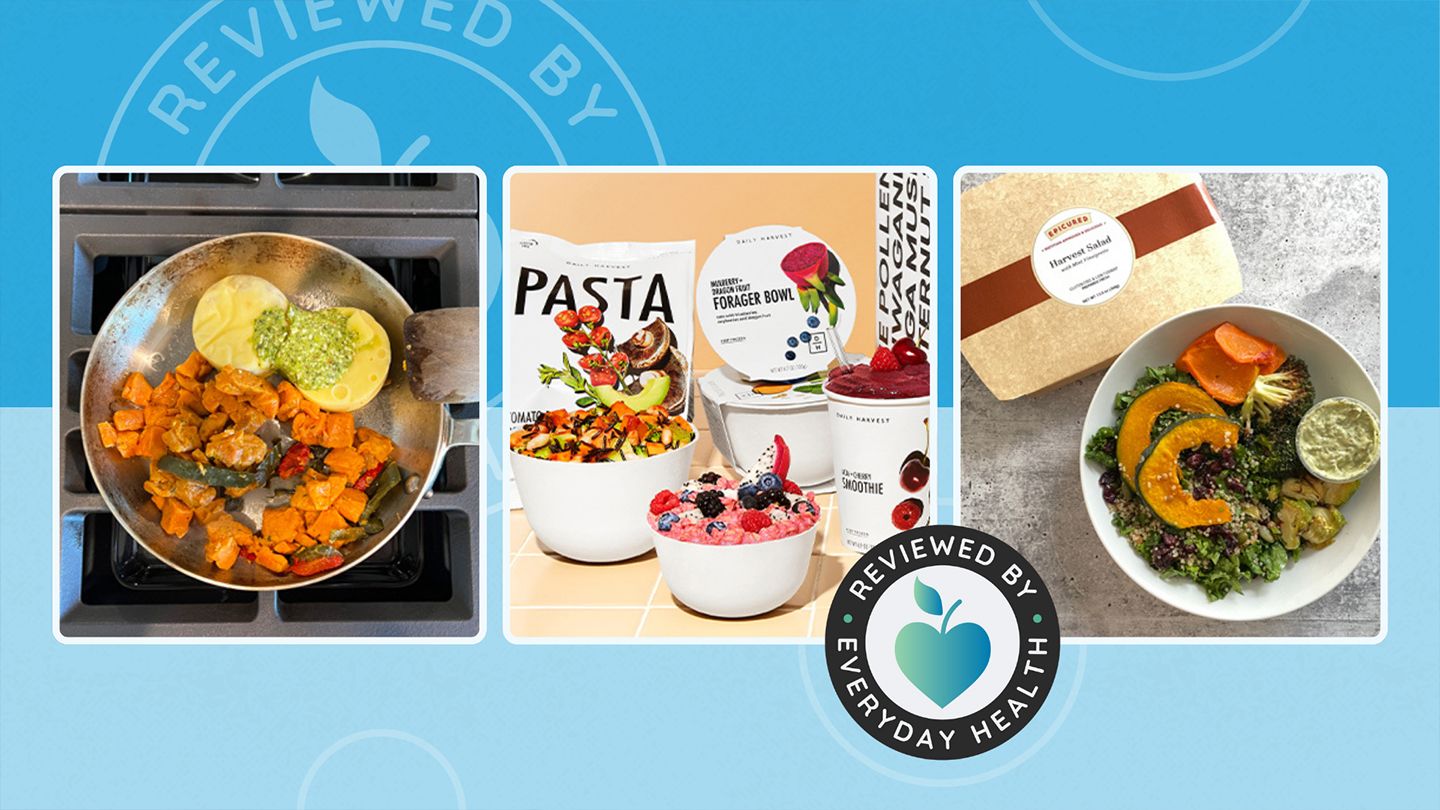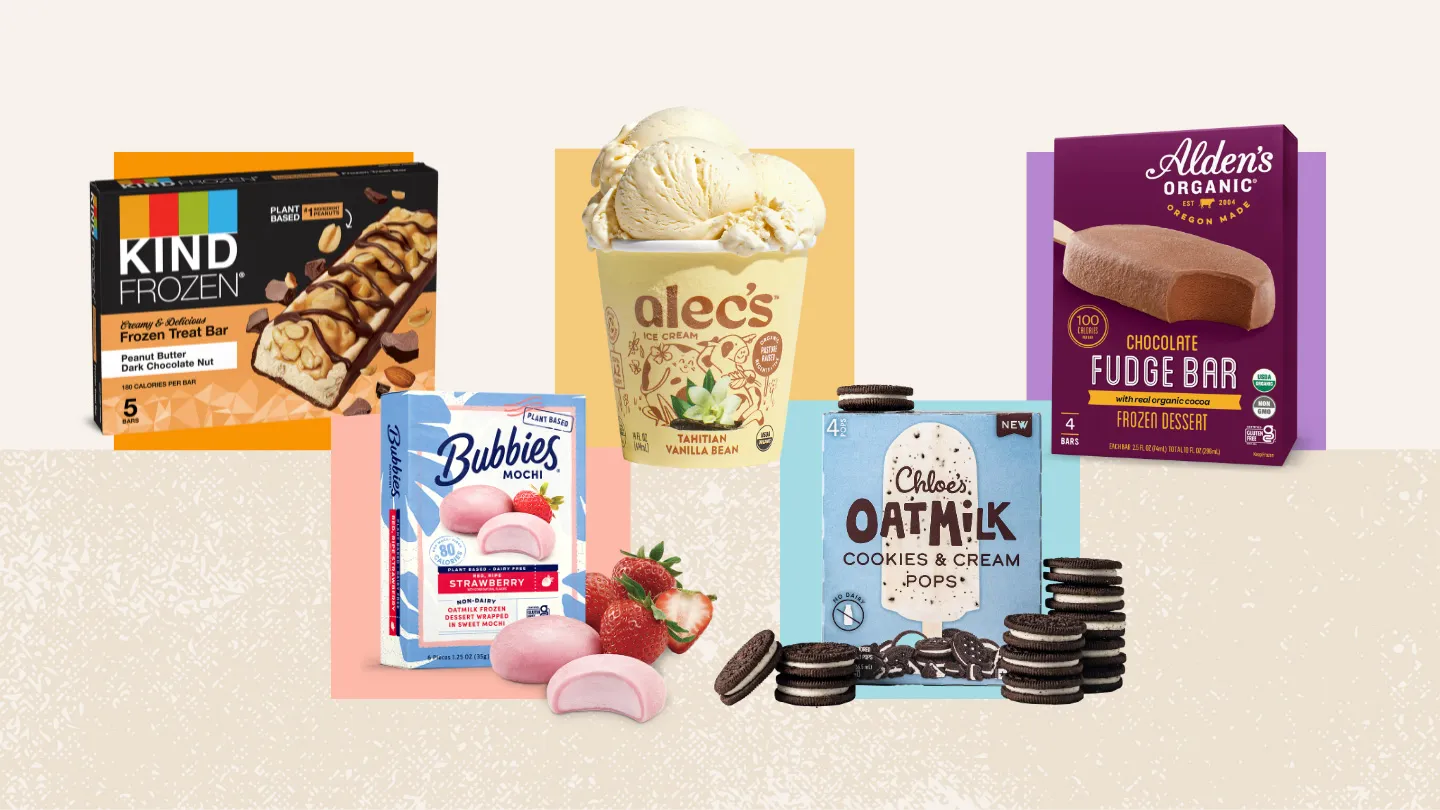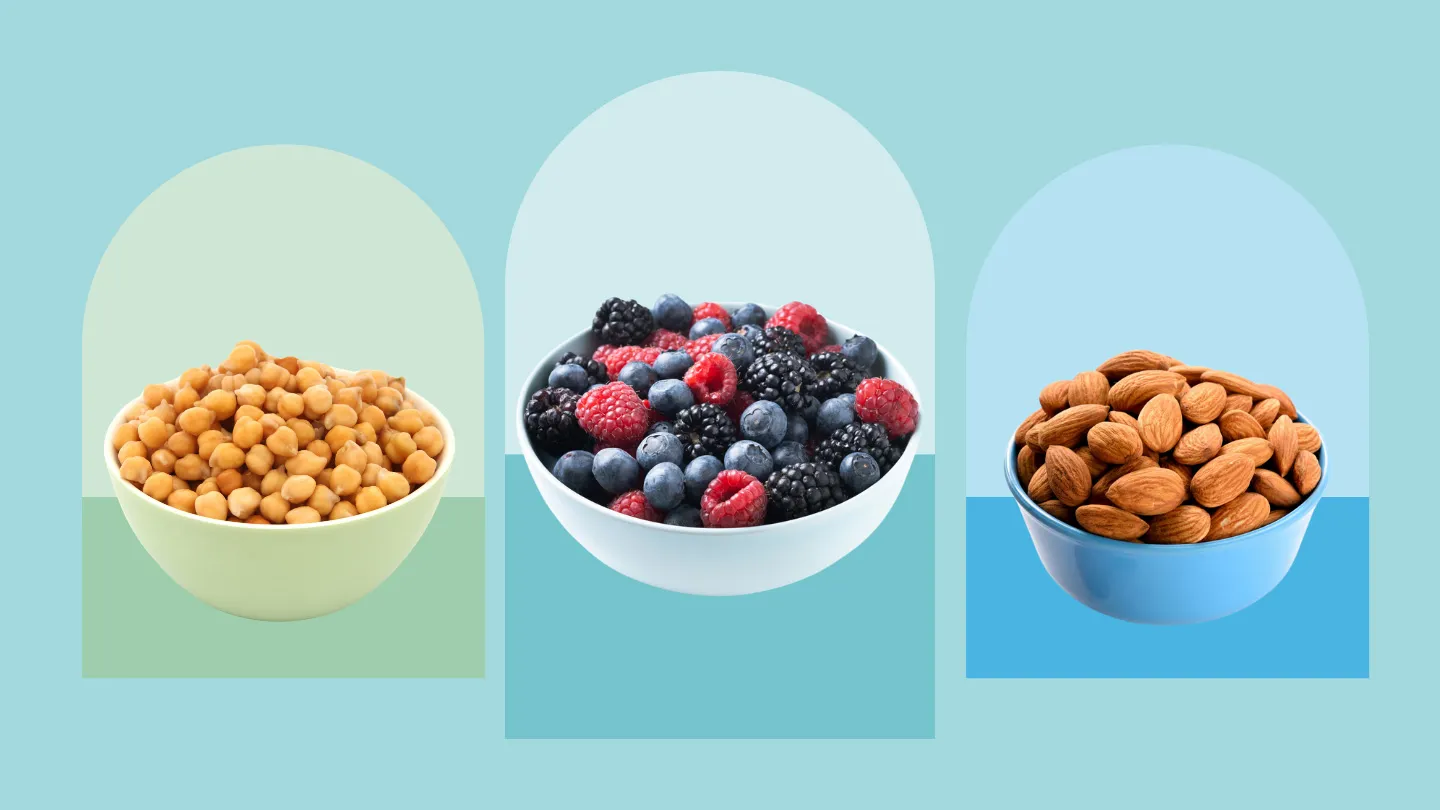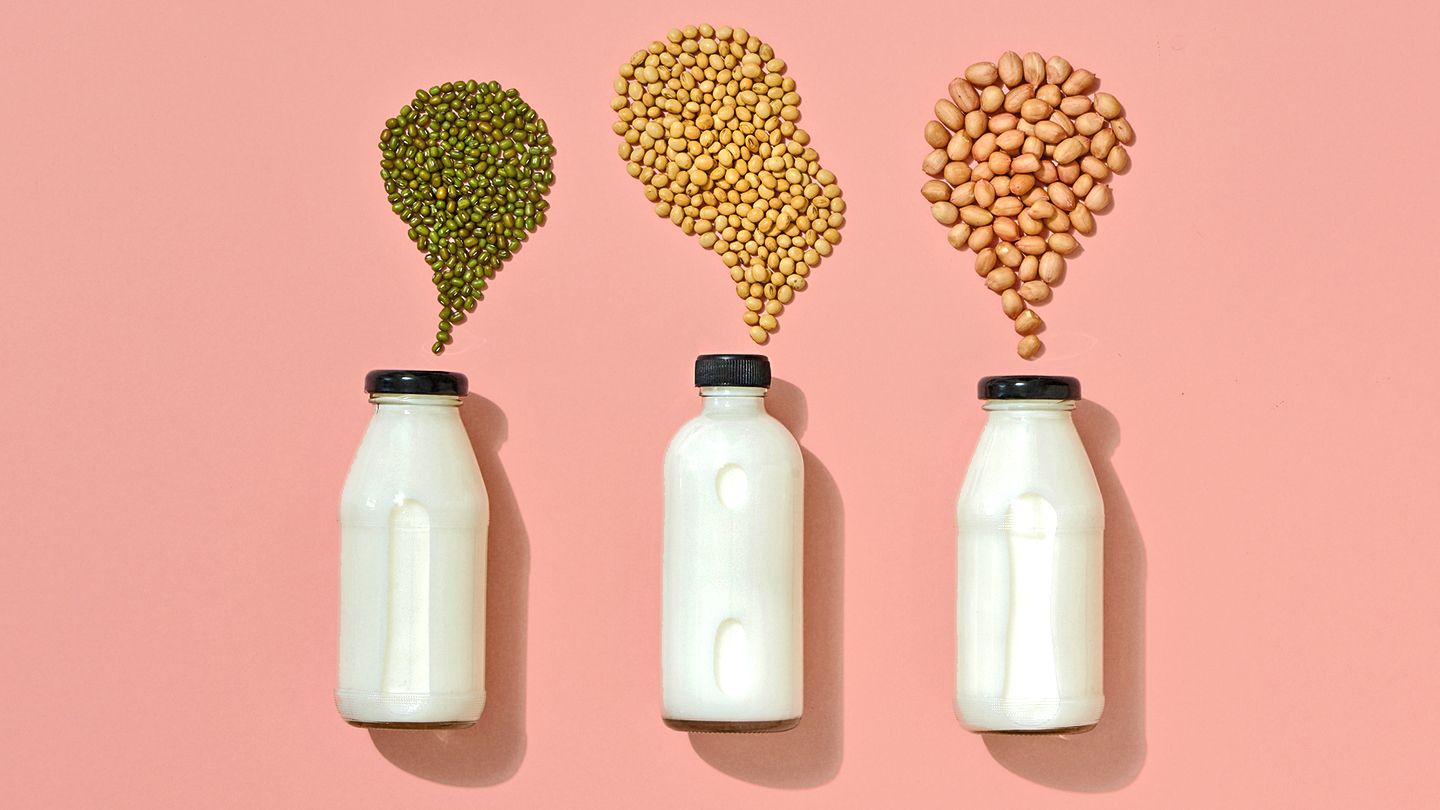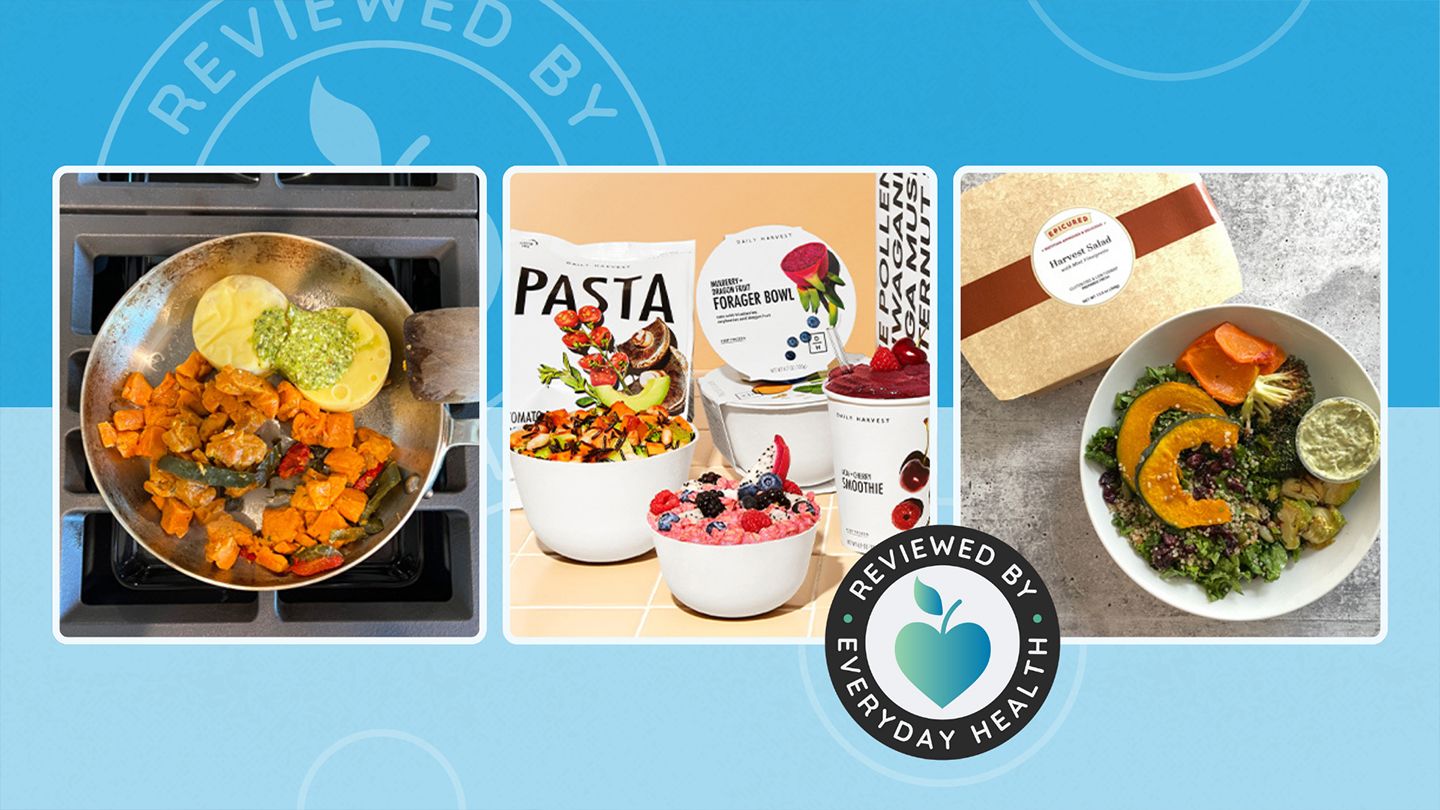Understanding Lactose Intolerance
Lactose intolerance affects nearly 36% of adults worldwide. It occurs when your small intestine does not produce enough of the enzyme lactase to properly digest lactose, the natural sugar found in milk and dairy products.
Consuming lactose foods can cause a range of digestive symptoms including bloating, gas, abdominal cramps, and diarrhea. The severity varies between individuals based on the level of lactase deficiency.
What Foods Contain Lactose?
All mammal milk contains lactose including cow, goat, and sheep milk. Products made from these milks also contain lactose such as:
- Cheese
- Butter
- Cream
- Yogurt
- Ice cream
The level of lactose varies among dairy products based on how they are processed. For example, hard, aged cheeses like parmesan tend to be lower in lactose than soft cheeses.
Can You Have Some Dairy with Lactose Intolerance?
Many people with lactose intolerance can tolerate up to 12 grams of lactose at one time, spread throughout the day. Small amounts may not cause symptoms depending on your individual tolerance level.
Additionally, some people find they can handle fermented dairy products better as the bacteria used in the fermentation process pre-digests most of the lactose. These include yogurt and some aged cheeses.
The Best Milk Substitutes
Fortunately, there are many delicious lactose-free milk options to choose from including:
1. Nut and Seed Milks
These plant-based milks provide the creaminess of dairy milk without any lactose. Popular options include:
- Almond milk
- Coconut milk
- Cashew milk
- Hemp milk
Opt for unsweetened varieties to limit added sugars. Shake cartons well before pouring as separation is common.
2. Soy Milk
Soy milk has a similar nutrition profile to cow's milk but packs 7 grams of protein per cup without lactose. Choose unsweetened soy milk or read labels as added sugars vary.
3. Lactose-Free Milk
Lactose-free dairy milk is real cow's milk with the lactose broken down for easier digestion. The taste, nutrition profile, and cooking properties closely mimic regular milk.
4. Rice Milk
With its naturally sweet flavor, rice milk makes a tasty replacement for lactose-free milk in cereals, smoothies, baking, and more. Note that rice milk is lower in protein than other fortified plant milks.
The Best Substitutes for Cheese
Cheese is difficult to replicate, but here are some solid swaps to try:
1. Nut-Based Cheeses
Sliceable nut cheeses provide a firm texture and tangy flavor similar to dairy cheese. Brands like Kite Hill make a variety of almond milk soft cheeses as well as ricotta style spreads.
2. Tofu
Marinated and baked tofu can stand-in for paneer or queso fresco in dishes like stir fries, tacos, enchiladas, and more thanks to its comparable texture when fried or baked.
3. Nutritional Yeast
Nutritional yeast adds a savory, cheesy flavor to pasta, soups, popcorn and mashed potatoes. Though not exactly cheese, it satisfies cravings for a fraction of the price.
Vegan cheese alternatives have improved greatly but still lack the full sensory experience of true dairy cheese.
The Best Substitutes for Yogurt
Creamy, tangy yogurt is used in both sweet and savory dishes from breakfast bowls to chicken marinades. Try these swaps instead:
1. Coconut Yogurt
Coconut milk yogurt provides the rich texture of dairy yogurt with a hint of natural sweetness. It works well in parfaits, smoothies, chia puddings, and curries.
2. Soy Yogurt
With 6 to 10 grams of protein per serving, soy yogurt makes a nutritious substitute. The tangy flavor pairs nicely with fruit as well as savory dishes.
3. Dairy-Free Probiotic Cultures
Add a spoonful of dairy-free probiotic powder or capsules to non-dairy milks or yogurt alternatives to amplify the tangy flavor and probiotic content.
The Best Substitutes for Cream
Accentuate the richness of soups, sauces and desserts with these lactose-free swaps for heavy cream:
1. Full-Fat Coconut Milk
The thick texture and high fat content of canned coconut milk mimics the mouthfeel and visual appeal of dairy cream. Refrigerate cans overnight and scoop off the solid cream layer on top.
2. Cashew Cream
Blending soaked, raw cashews with water produces a silky cream perfect for pumping up the indulgence factor in dairy-free ice cream, mac and cheese, mushroom stroganoff and more.
3. Tofu
Silken tofu blends into a smooth puree suitable for making rich vegan desserts, smoothies, dressings, dips, and soups without a hint of lactose.
The Best Substitutes for Butter
Grease pans and add flavor to vegetables, toast and more with these butter stand-ins:
1. Coconut Oil
With a similar fat content and melting properties to butter, refined coconut oil performs comparably in baking and cooking. The subtle coconut flavor also enhances many dishes.
2. Olive Oil
A heart-healthy option, olive oil makes a suitable replacement for butter when sauting veggies, scrambling eggs, preparing stir fries and other stovetop dishes.
3. Nut Butters
For a lactose-free alternative to butter on toast or waffles, try almond, cashew or sunflower seed butter. Their creamy texture and nutty flavor satisfy in both sweet and savory applications.
The Best Substitutes for Ice Cream
Cool off without the lactose repercussions with these icy treats:
1. Dairy-Free Ice Cream
Retailers now stock an impressive selection of non-dairy ice creams made from bases like coconut milk and almond milk. All the flavor without the tummy troubles!
2. Dairy-Free Sorbet
Naturally lactose-free sorbet offers a refreshing, fruity alternative for those with lactose intolerance. Many gelato shops even offer dairy-free options.
3. Nice Cream
For a healthy at-home choice, blend frozen bananas with mix-ins like peanut butter, cocoa powder or fruit to make a creamy soft serve alternative, aka nice cream.
Tips for Sticking to a Lactose-Free Diet
Transitioning to fewer milk products requires some adjustments. Here are some helpful tips:
- Read food labels carefully looking at allergen statements
- Find new go-to dairy-free recipes for meals, snacks and baked goods
- Boost calcium intake through alternate sources like leafy greens, calcium-set tofu, figs, almonds
- Talk to your doctor about lactase enzyme supplements to help digest some dairy
- Communicate dietary needs clearly when dining out
Though limiting lactose takes dedication, you can still craft satisfying, nourishing meals without milk products by incorporating these tasty plant-based substitutions.
Disclaimer: This article is for informational purposes only and does not constitute medical advice. Always consult with a healthcare professional before starting any new treatment regimen.
Related Coverage
The latest statistics on the UK construction industry show growth overall but ongoing challenges with skills shortages and rising costs. The sector grew by 2.8%....
Learn whether orange sherbet contains milk and lactose or if it's a dairy-free dessert option. Get info on dairy-free orange sherbet varieties for lactose intolerance....
Learn how lactose free and dairy free diets differ for managing lactose intolerance and milk allergies. Understand label reading tips and substitution options....
Want to know if you can eat buffalo mozzarella cheese on a lactose-free diet? Learn about the lactose content of buffalo mozzarella and how to add it to low lactose recipes....
Lactaid and other lactose-free ice creams allow those with lactose intolerance to enjoy a creamy treat. Learn how Lactaid ice cream differs nutritionally and get tips for incorporating into an intolerance diet....
Explore the lactose content in buffalo milk and its suitability for individuals with lactose intolerance. Discover alternatives and tips for managing lactose intolerance....
This complete guide covers the best milk, cheese, cream, yogurt, butter and ice cream substitutes to manage lactose intolerance through a dairy-free diet....
Learn about the lactose content in different types of goat cheese and goat milk. Get tips for including goat cheese in a low-lactose or lactose-free diet....
Goat cheese contains less lactose than regular cow's milk cheese, but isn't fully lactose-free. However, well-aged hard goat cheese contains almost no lactose....
For those avoiding dairy, delicious plant-based alternatives abound. Learn about nutritious and tasty soy, nut and coconut milks, cheeses, yogurts, ice creams....
